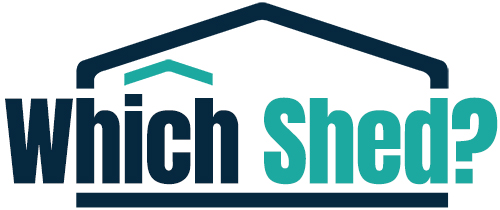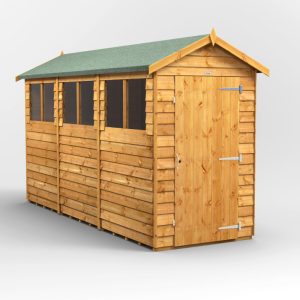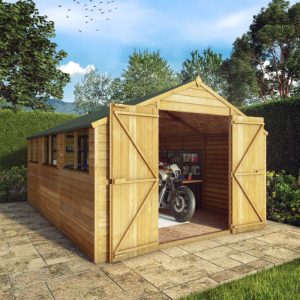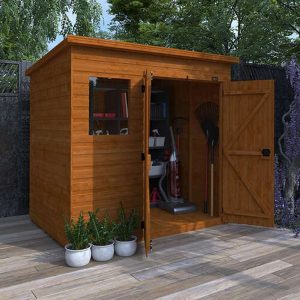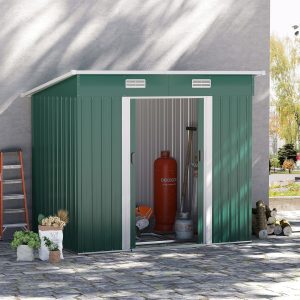8’x6′ Tiger Planthouse – Planthouse Shed. With its large array of windows allowing natural light to flood in, the Tiger Planthouse is an excellent combination potting shed and greenhouse, with 2-tier windows and and 2-tier staged shelving included as standard. The door can be also be placed at either end of the building for convenience (choose your preference from the options list). 8’x6′ Tiger Planthouse – Planthouse Shed
